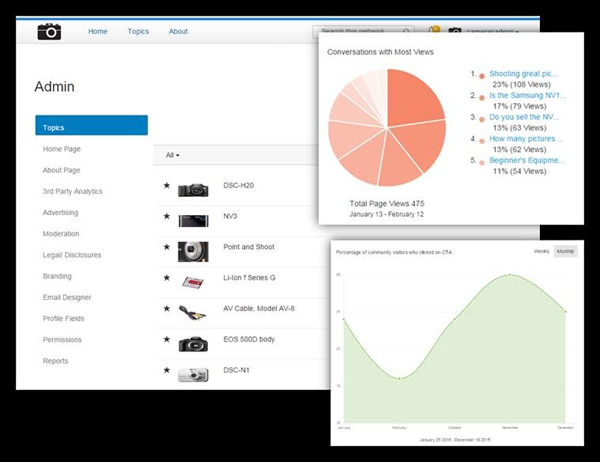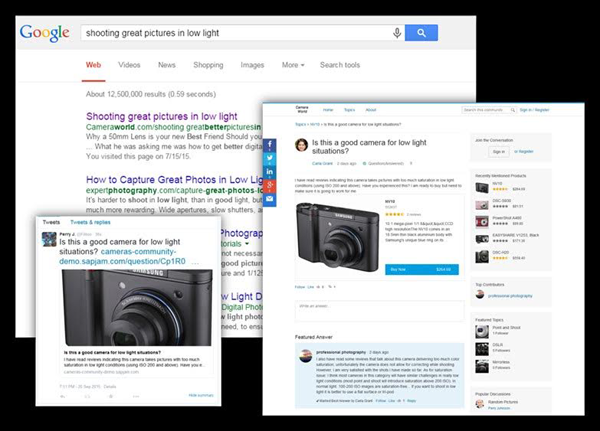The Current Impact of Community-Powered Commerce

There's no denying the impact that user-generated content (UGC) has on purchase decisions whether it shows up in a person's social feed, in their search query or on the product pages they visit. The static rating and reviews typically displayed on the latter, however, could be missing the mark when it comes to connecting visitors with the right product content to move the needle pre-purchase and engage them post-purchase. Retailers are finding that in each state of the buyer journey, there is a marriage between content and commerce and savvy merchants are leveraging technology to nurture it.
"Communities" for instance, fueled by products like SAP Jam, connect buyers with peer reviews, recommendations, articles, and questions and answers on ecommerce sites - to great effect. A new report from Forrester, commissioned by SAP, found that 75 percent of companies believe that "communities" accelerate buying decisions, increase purchase likelihood (73 percent) and improve buyer confidence (59 percent). Similarly, 66 percent of companies surveyed expect to increase purchase satisfaction by using communities to help inform purchases.
Where SAP Jam differs from many offerings is its ability to prioritize what content displays and to whom, so the visitor is looking at a blog, an answer or a recommendation that makes sense for that visit. Today, SAP Jam integrates with the Hybris marketing module and other marketing automation suites, which allows retailers to gather information from within their communities to inform marketing decisions like delivering a coupon to a person who performed a certain action or creating content based on trending topics within the community.

In short, communities provide a place to deliver contextual content while allowing consumers to post themselves and to self-serve to find quick answers in their moment of need, since the Q&A sections tend to fill up with information unavailable in product descriptions or even reviews.

Despite the stated power of community-type environments on commerce sites, retailers have their concerns. For retailers with some UGC-type functionality already on their websites, they are concerned with how customers will adapt to a new experience according to Stephen Hamrick, vice president of product management at SAP. Further, how will they retire their current community?
For retailers who have yet to launch community-type functionality, Hamrick suggests a common concern is what their customers will say about them. In many ways, however, commerce communities are a more controlled environment to receive compliments and criticisms than social media where customers of course turn to in order to voice their opinions.
Regardless of where a retailer is with its UGC efforts, communities aren't built overnight, but brands that realize the importance of complementing commerce with content are on the right track.








